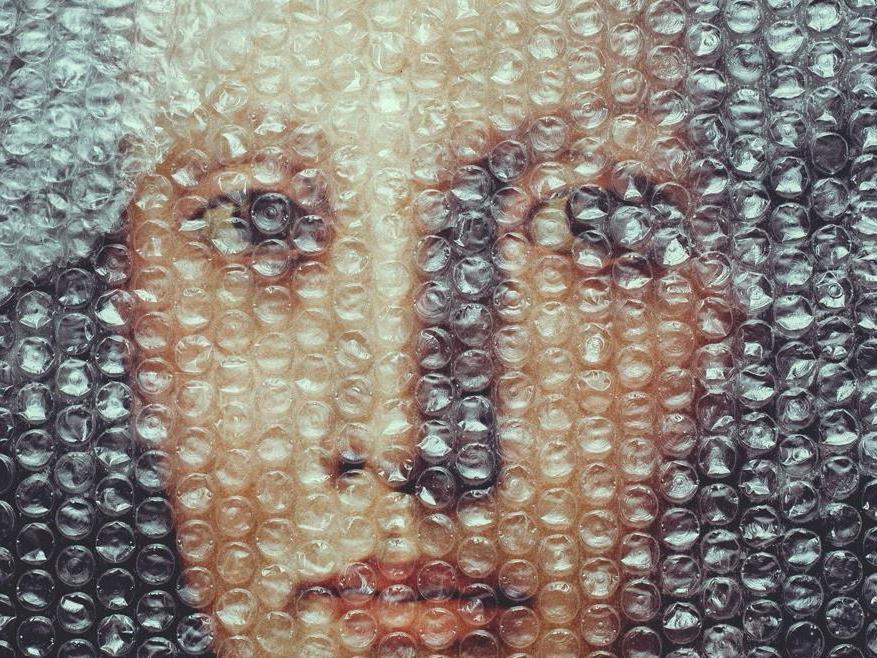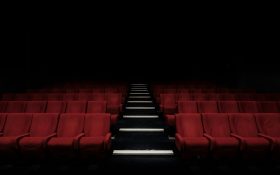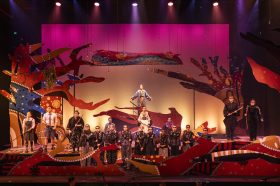Artwork by www.vittoriociccarelli.com
‘I never really expected to find myself giving advice to people graduating from an establishment of higher education. I never graduated from any such establishment. I never even started at one.’
Neil Gaiman is one of the world’s most successful writers, a status he achieved – as he notes in this quote – without ever going to university. Gaiman made the statement in a a 2012 commencement address, where he shared his own disinterest in formal education and observed ‘nobody ever seemed to mind that I was making it up as I went along’.
In previous generations, tertiary education for artists was very much an optional extra and decrying its value was commonplace. Uni students loved to quote icons like New Zealand’s national poet James K Baxter who observed that the gulf between ‘real learning’ and university learning was so great that he would never take a position in a university for fear it would stifle his writing.
But in Gaiman and Baxter’s day, less than half of the population was tertiary educated. Today in Australia almost three quarters of 25-34 year olds have a tertiary education. Aspiring visual artists go to art school, writers do creative writing degrees, prestigious drama and music courses have enormously competitive audition processes and private colleges soak up the rest.
An Australia Council study found that three-quarters of all artists have had formal training of some sort. When compared to other pathways such as learning on the job or being self-taught, practicing professional artists ranked formal education at a tertiary or specialist institution as the most important means of training.
But does a degree help? Most creative practitioners have an opinion on whether or not you need a degree to sustain a career as a performer, writer, visual artist, or musician.
Formal study can be a place to hone a craft, receive feedback, and provide structure for those who work best to deadlines and set parameters. It can provided studio space and equipment to someone starting out they could never otherwise afford. A tertiary institution can be a place to meet like-minded peers who will later become potential collaborators and a key network.
On the other hand, a degree is expensive with no guarantee of career outcomes upon graduation. How far you climb the higher-education ladder has no direct correlation to your success as an artist. Only 11 out of the 50 top artists on ArtFacts.net have a fine arts degree. Hugh Jackman went to WAAPA, but Russell Crowe decided against NIDA.
Assignments and course structure may also mean that three years of study leaves alumni without a body of work that represents their own artistic vision. Like Gaiman, some feel it is simply postponing the kind of writing they want to write and the artist they want to be.
Others study something completely unrelated and only come to art or a creative profession later, making their own way as a second string or a career change. Publishing Director at Penguin Australia, Ben Ball told ArtsHub it can be advantageous to come to publishing without the degree the profession.
‘I ought to stress this is not an anti-course view, it is just a view that publishers and all sorts of creative industries need to be looking for the people, rather than the pipeline.’
Whether you have a background in journalism or banking, Ball said in the end it is experience in life that is important. ‘Your own set of interests and your general antenna of what is interesting – those are not necessarily things that you need a course to have taught you.’
For writers, attending a course can be a beneficial as they afford you time to write and get feedback, said Ball, but ‘no writer should feel that they can’t write unless they have been to a course’. In fact it is seldom mentioned whether somebody has gone to writing school or not, added Ball.
Fine artist Stanislava Pinchuk aka Miso – who began her artistic career as a street artist and now predominately creates intricate works on paper as well as installations, tattoos, and polaroids – told ArtsHub not going to art school was ‘one of the best decisions [she] ever made’.
Pinchuk’s work has been collected by the National Gallery of Australia, The National Gallery of Victoria, University of Queensland Museum, The State Library of Victoria, and RMIT Gallery.
‘I think art school can be a really, really amazing place – I just didn’t think it was right for me at the time. I felt like I really wanted to learn about art and how to look at art and write about it and think about it, but I didn’t want to be graded for my own work.’
Pinchuk did go to uni but she completed a double major in art history and philosophy, which gave her a broad understanding of the world that she uses as a springboard every day.
While formal study can create a great environment for people, Pinchuk said it was beneficial not having the pressure of having to figure out what kind of artist she was right away and ‘stand by it to be graded.’
‘I didn’t want the pressure and I really didn’t want to be burned out by it either, so I am really glad I did that,’ she said.
Melbourne-based artist Reko Rennie, who was recently awarded the Australia Council’s National Indigenous Arts Award fellowship, also cut his teeth in street art.
Rennie used the skills he acquired from graffiti to try different mediums and express his opinions on politically issues. Despite no formal training, Rennie never felt he had to go to art school to be an authentic artist.
‘I think sometimes there is this idea that you may need to go to an art school to be so considered a serious artist but it is not the case. I’m not saying there is anything wrong with going to art school – many of Australia’s contemporary artists are coming from great institutions – but I don’t think you need to have qualifications to make you authentic,’ he said.
Abstract artist Leonie Leivenzon studied medicine and worked as a general practitioner before turning her hand to art.
Leivenzon took up painting in 2013 when her teenage daughter fell sick, remembering her advice to patients that you can’t care for someone else until you care for yourself. What began as a form of art therapy transformed into a full-time career and she has now sold almost 50 paintings.
‘Sometimes there is an advantage not knowing the rules,’ said Leivenzon, who enjoys creating art the way she wants to rather than worrying about theory.
Admitting she is self-taught has brought some conversations with other artists to a halt, Leivenzon said, but that attitude doesn’t bother her. No one looking at an exhibition of her work has ever asked about training. ‘There hasn’t been one person who has questioned if I have been to art school or not. It just doesn’t come up, it’s a complete non-issue.’
For Leivenzon social media has replaced the kind of network that might previously have depended on uni connections. ‘You’ve got to be prepared to put yourself out there, set up the Facebook page, follow pages and if there is an artist call out then apply.’
While building a following is not easy, it is effort not background that makes the difference, said Leivenzon.
‘It’s like anything – if you want to succeed you’ve got to put the work in and I think that is the same whether you have had formal training or not.





